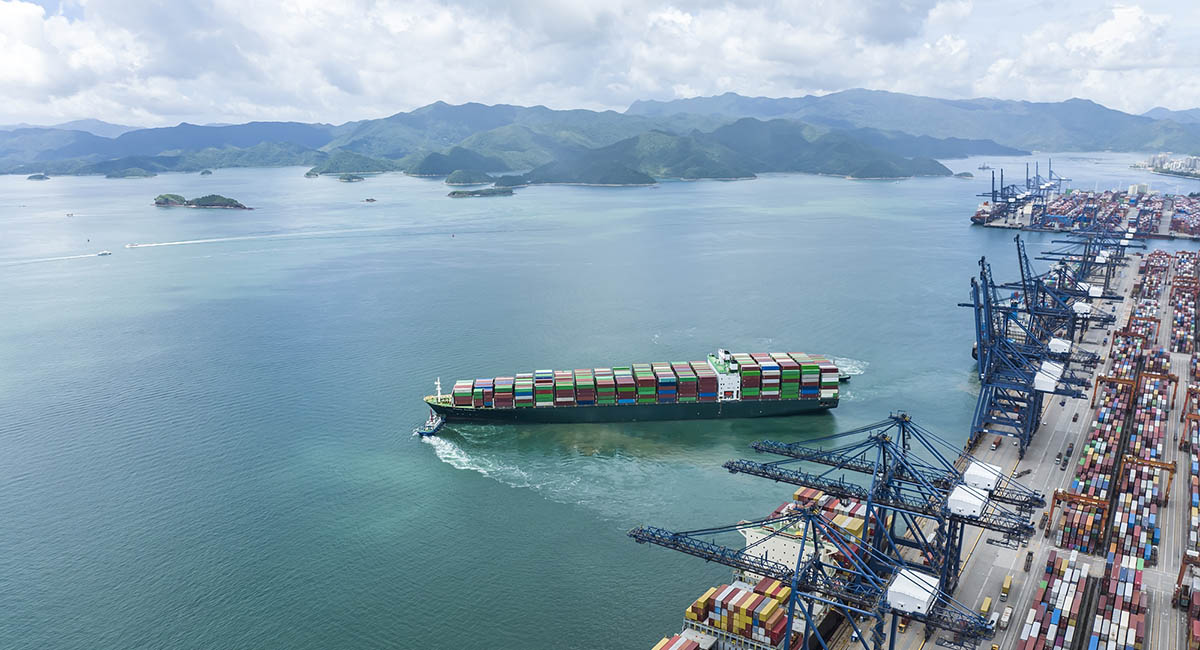
China’s Economy Remains Resilient Despite Post-Covid Challenges
Amid the global recovery from the COVID-19 pandemic, the resilience of China’s economy stands out, projecting optimism despite an array of challenges and uncertainties. As major economies strive to regain stability, China’s trade dynamics, robust supply chains, and evolving demand patterns are focal points in discussions among global business leaders. Geopolitical complexities and ongoing trade negotiations continue to exert influence on China’s trade relationships. However, amidst these intricate dynamics, China’s economic outlook remains positive, underpinned by a strategic focus on quality growth and sustainability.
Canada-China Business Relations: A Flourishing Partnership
A noteworthy aspect of China’s economic story is its thriving trade and business relationship with Canada. Statistics Canada’s data underscores the significance of this partnership, revealing that Canadian imports from China reached a remarkable CA $100,027,968,000 billion in the past year—an unprecedented 16 percent increase from the $86 billion recorded in 2021. This robust trading bond exemplifies the depth of economic ties between the two nations, as well as the strategic nature of their collaboration in navigating global economic intricacies.
Resilience Amidst Challenges
Projections from reputable sources such as the International Monetary Fund (IMF) and the Asian Development Bank (ADB) indicate that China’s economy is set to maintain its positive momentum. Forecasts suggest a growth rate of approximately 6 percent in the final quarter of 2023, followed by a steady expansion of around 6.5 percent in the first half of 2024. While these figures might slightly deviate from previous years, they reflect a carefully managed deceleration aligned with China’s commitment to quality-driven growth.
Multifaceted Growth Drivers
China’s economic trajectory rests on a diverse set of growth drivers centered on bolstering domestic consumption, strategic infrastructure investments, and technological advancements. Amidst this framework, Beijing is tactfully steering its growth model from export-oriented to consumption-led, while simultaneously addressing pivotal challenges—ranging from the management of national debt to environmental sustainability and an ageing population.
China’s Focus on Fixing the Real Estate Bubble
The evolving landscape of China’s economy stands at a crucial juncture, marked by the insights presented in the World Bank’s report titled “Priority Reforms Key for Sustaining Growth and Achieving China’s Long-Term Goals.” This comprehensive analysis underscores the pivotal role that strategic reforms and addressing structural imbalances play in China’s sustainable economic journey. Of particular significance is the real estate sector, which has drawn scrutiny due to concerns about speculative bubbles and social disparities arising from housing affordability.
Driving Reform and Innovation
The report highlights priority reforms encompassing modernizing state-owned enterprises (SOEs), fostering market competition, and championing innovation-driven development. By enhancing SOE efficiency and encouraging private sector participation, China aims to harmonize state intervention with market dynamism—a strategy that is in sync with President Xi’s vision for innovation as the cornerstone of a modernized economy.
Pathway to Technological Leadership
A prominent avenue for China’s future growth is innovation and research and development (R&D) activities. The World Bank’s report emphasizes the importance of intellectual property protection and streamlined regulations in attracting foreign investment and nurturing China’s burgeoning tech sector.
China’s economic trajectory seems contingent on its ability to adhere to prioritized reforms, sustainable growth, and balanced development. By artfully balancing state involvement with market forces, China is endeavouring to achieve its long-term economic objectives while bolstering global economic stability. International trade and collaboration, adaptability, and judicious policymaking that send the message that China is open for business will be key to shaping its future success.
Despite challenges and uncertainties, China’s economic outlook remains positive. The government’s strategic approach to reforms, sustainable growth, and innovative development have positioned the Chinese economy for sustainable growth. The coming year will tell if the approach is working.








